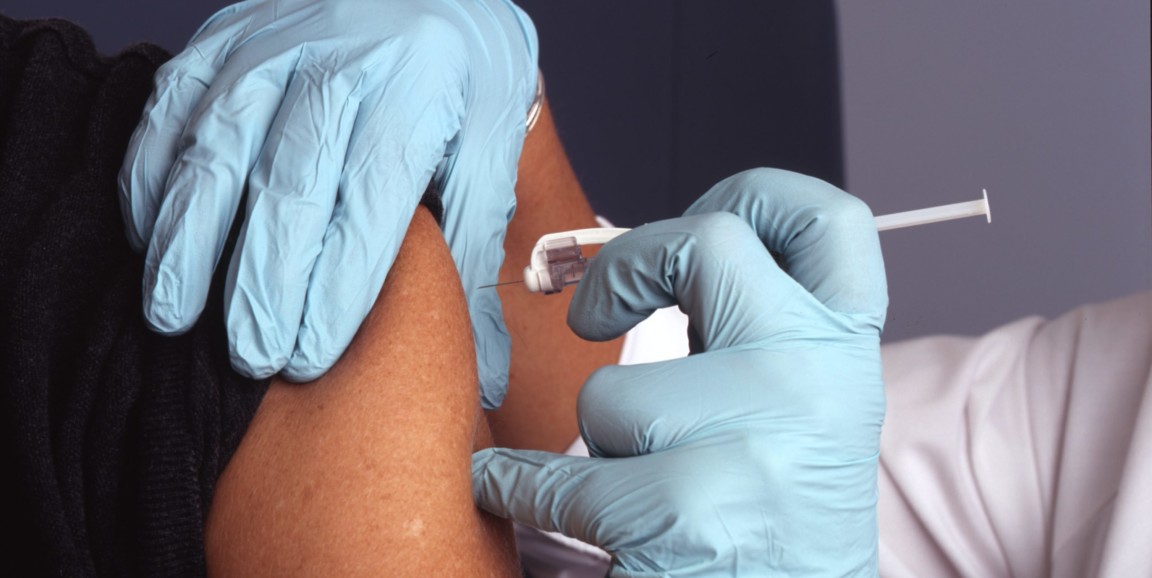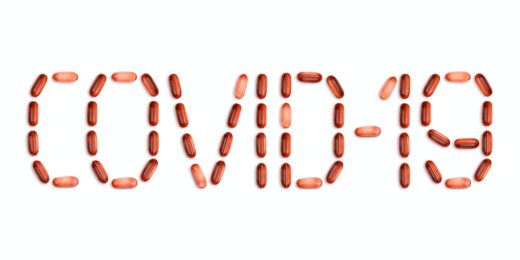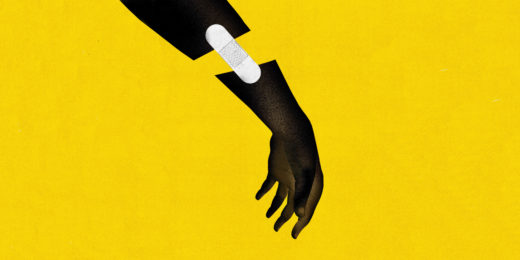With the COVID-19 vaccination rate slowing, President Joe Biden in early May unveiled a new goal: Get 70% of adults in the United States at least one dose by the Fourth of July. He pledged to make vaccines more accessible at pharmacies and boost confidence in the safety and efficacy of the drugs.
So how is the country doing? We're falling short and the White House now concedes we won't make it.
New joint research by Stanford Health Policy and the Kaiser Family Foundation indicates that at the pace of vaccination, 65% of people ages 12 and older in the United States would be at least partially vaccinated by July 4 -- but for Hispanic and Black people, rates are lower.
"The CDC and several news organizations track overall progress toward the president's vaccination goal," said Joshua Salomon, PhD, professor of medicine and director of Stanford's Prevention Policy Modeling Lab. "But measures of vaccination coverage at national or state levels mask important disparities across racial and ethnic groups, and the information needed to evaluate and track these disparities has not been readily available."
So Salomon and colleagues at Stanford Health Policy partnered with the Kaiser Family Foundation to curate vaccination data -- gathered from state-reported websites -- by race and ethnicity and to develop estimates of past trends and current levels of vaccination disparities. By projecting these trends, they estimated when different racial and ethnic groups in United states might reach 70% vaccination coverage among eligible people.
Reaching the threshold
The team's projections suggested that Asian people will be the only group likely to reach 70% vaccination coverage among people 12 and older by July 4, while white and Hispanic people will be just shy of that benchmark, at 66% and 63% respectively. They found that only about 51% of Black people in the eligible age group will have received at least one COVID-19 vaccine by July 4.
According to the analysis, if the current pace of vaccination continues, Hispanic people nationally would reach a 70% threshold by the end of July, white people would reach it by early August. But Black people are not likely to reach 70% coverage until sometime after the beginning of September.
The researchers wrote in their study, which was published by the foundation, that vaccination rates among Black and Hispanic people have lagged behind those of white people, largely a result of access and logistical barriers, as well as concerns about safety and potential side effects.
"Even if broad national vaccination goals are achieved, these groups may remain at higher risk, which could lead to widening health disparities and limit the nation's recovery from the pandemic," they said.
Inconsistent state-by-state data
Marissa Reitsma, a graduate student and lead author on the study, noted vaccine data by race and ethnicity are inconsistently reported across states, making it hard to monitor vaccine equity. The team used a standard set of definitions and rules for reconciling data to enable more transparent and accurate estimates of coverage that are comparable over time and across places.
"With the delta variant causing growing concern, addressing gaps in coverage is urgently needed to prevent further widening of disparities," Reitsma said. "Monitoring vaccination rates is critical to intervention, and we hope this work drives progress toward equity."
As a next step, the team is aiming to launch an interactive website that will show ongoing tracking of vaccination coverage and other key policy outcomes by race and ethnicity and state.
Photot by National Cancer Institute






